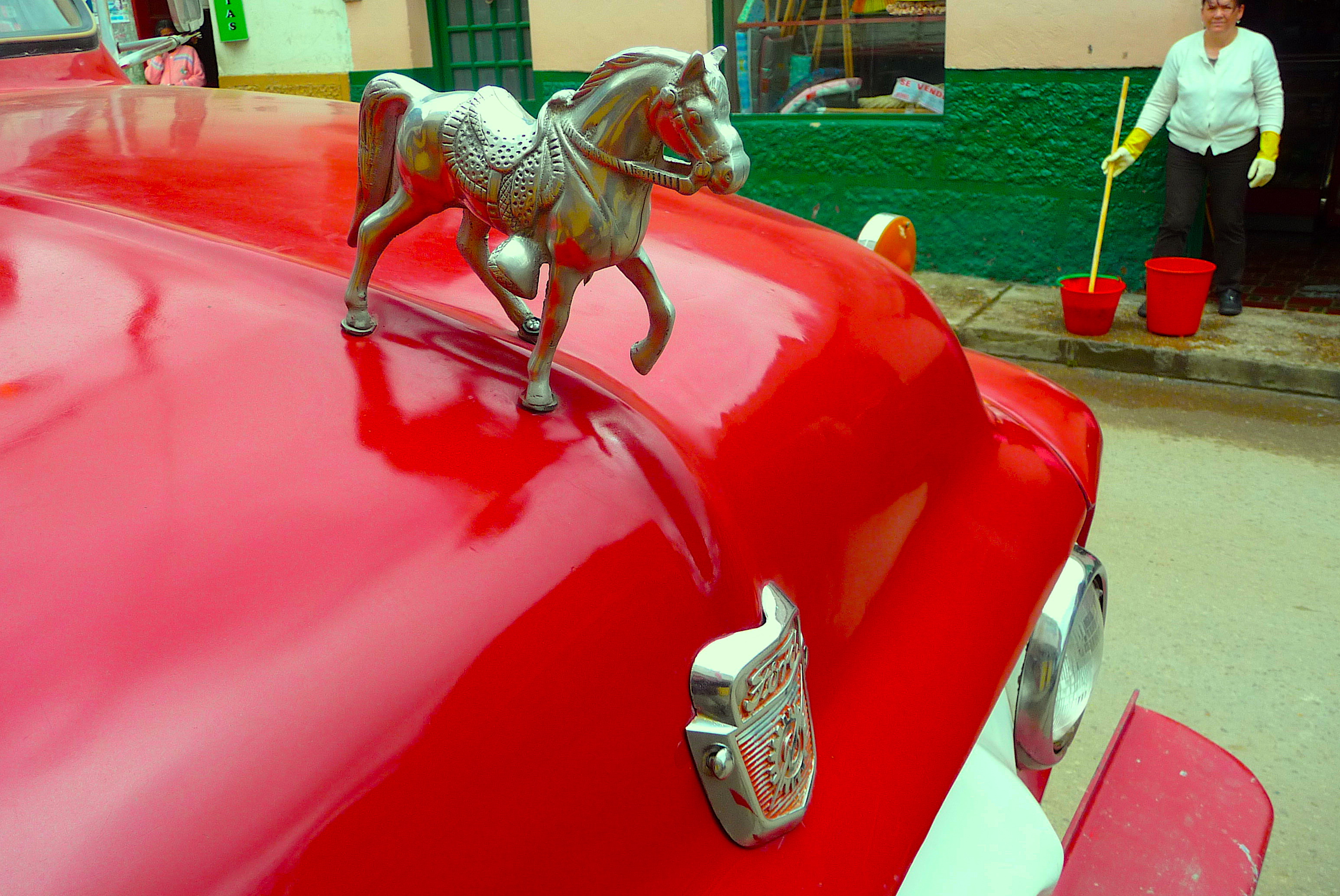“I always want to remind people that the word fiction doesn’t come from some imaginary Latin verb meaning I make things up as I go along. It actually comes from a real Latin verb which means I give shape to. The essence of fiction is shaping, patterning, and plotting, using symbols, handling narrative, all those things.”
–Jonathan Raban, Powells.com interview (2000)
“The autobiographical narrative at the heart of a travel book will use many of the devices of fiction, which is why a travel diary, whose sequential entries are innocent of what’s coming next, is less interesting than a full-fledged travel narrative, which can create suspense and generate irony by devices of concealment and foreshadowing. …Travel romances differ from the more overtly fictional ones not in delivering fewer wonders, but in being careful to locate their wonders within an actual, verifiable, and often famous topography.”
–Paul Fussell, The Norton Book of Travel (1987)
“Suppose for a moment that there was no involuntary exercise of the creative imagination through memory. Suppose we had a perfect, impartial, scientific record of what really happened. Even then, we would still have almost nothing — and much too much. To study five years of the French Revolution in just one corner of Paris you would have to sit for five years in front of a screen. To create the literature of fact, we have to work like novelists in many ways. We select. We cast light on this object, shadow on that. We imagine. We imagine what it is like to be that old Albanian woman weeping over the body of her murdered son, or what it was like to be a 14th-century French serf. No good history or reportage was ever written without a large imaginative sympathy with the people you are writing about. Our characters are real people; but we shape them like characters, using our own interpretation of their personalities.”
–Timothy Garton Ash, “Truth is another country“, The Guardian, Nov. 16, 2002
“Artistic accounts involve severe abbreviations of what reality will force upon us. A travel book may tell us, for example, that the narrator journeyed through the afternoon to reach the hill town of X and after a night in its medieval monastery awoke to a misty dawn. But we never simply ‘journey through an afternoon’. We sit in a train. Lunch digests awkwardly within us. The seat cloth is gray. We look out the window at a field. We look back inside. A drum of anxieties revolves in our consciousness. We notice a luggage label affixed to a suitcase in a rack above the seats opposite. We tap a finger on the window ledge. A broken nail on an index finger catches a thread. It starts to rain. A drop wends a muddy path down the dust-coated window. We wonder where our ticket might be. We look back out at the field. It continues to rain. At last the train starts to move. It passes an iron bridge, after which it inexplicably stops. A fly lands on the window. And still we may have reached the end only of the first minutes of a comprehensive account of the events lurking within the deceptive sentence ‘He journeyed through the afternoon’. A storyteller who provided us with such a profusion of details would rapidly grow maddening. Unfortunately, life itself often subscribes to this mode of storytelling, wearing us out with repetitions, misleading emphases and inconsequential plot lines. Which explains the curious phenomenon whereby valuable elements may be easier to experience in art and in anticipation than in reality. The anticipatory and artistic imaginations omit and compress; they cut away the periods of boredom and direct our attention to critical moments, and thus, without either lying or embellishing, they lend to life a vividness and a coherence that it may lack in the distracting wooliness of the present.”
–Alain De Botton, The Art of Travel (2002)

